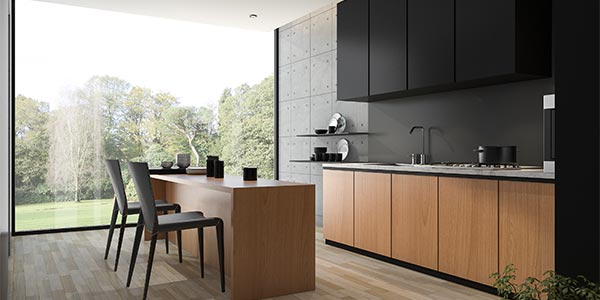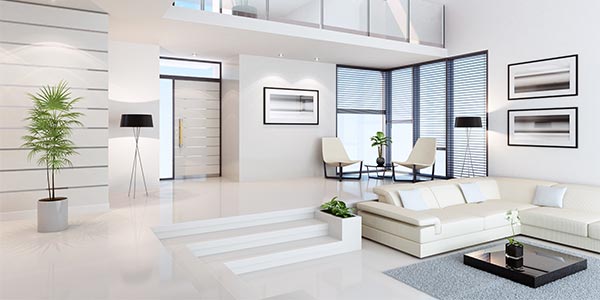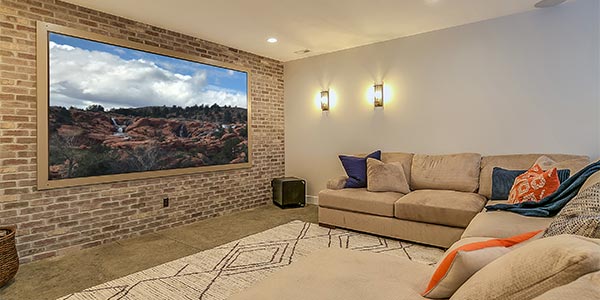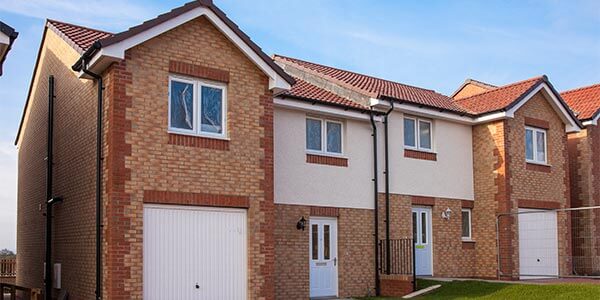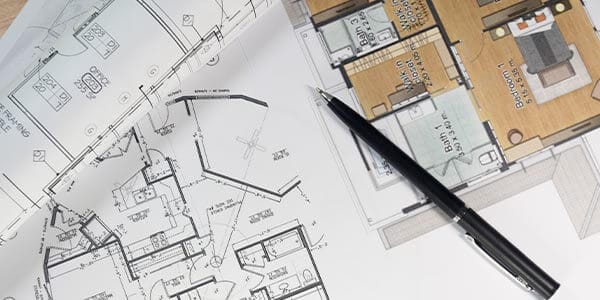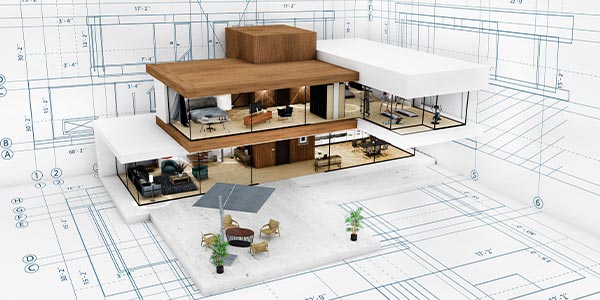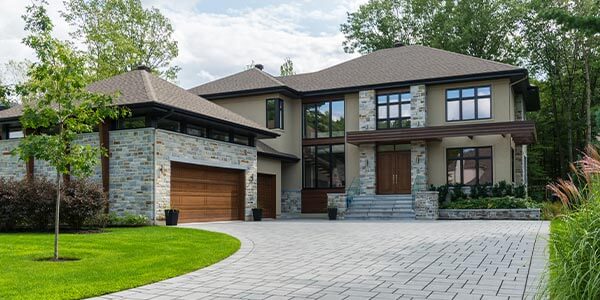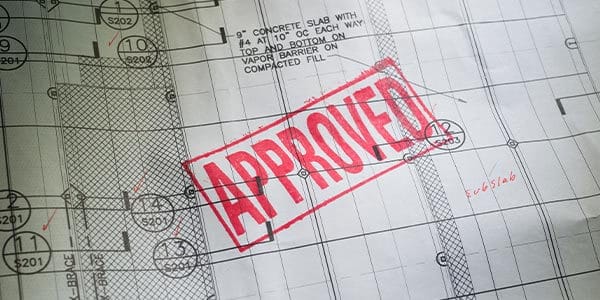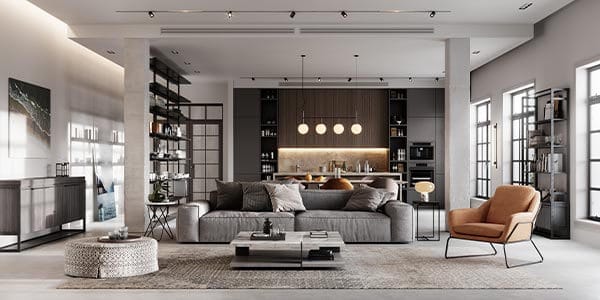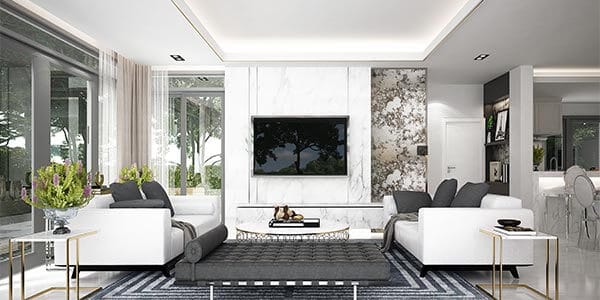FAQ's
Structural Calculations
1. What is a structural calculations report?
This is a report fully outlining the design and build work to be undertaken. Details such as the necessary materials, structural works, beams, joists and rafters will all be included.
2. Do I strictly “need” structural calculations?
Yes, as forgoing them would be violating building regulations, potentially leading the local authority to insist on you rectifying your non-compliant building work – or leaving them to rectify that work.
3. Who can complete a structural calculations report for me?
Only a qualified structural engineer will be able to do this, as they will use specific formulas to make the calculations, while only this engineer’s signature on your report would validate it.
Single Story Extension
1. What advantages does a single storey extension have over a double storey one?
The former is much simpler in structure – and, as a result, is safer. It will also be cheaper to build, especially due to the relatively low expense of the foundations and steelwork over the openings.
2. Could you cite examples of these limitations?
A single-storey extension fitted to a home’s rear must not extend beyond the original house’s rear wall by over three metres if that home is semi-detached or four metres if it is detached.
3. Do I need to seek planning permission for a single storey extension?
Not necessarily, as long as the extension falls within particular parameters. Our planning consultants can educate you on these limitations that would apply in your particular case.
Planning Permission
1. How do I determine whether my proposed project needs planning permission?
To do this, you can simply contact your local planning department. In the meantime, though, our planning consultants can educate you on many planning permission regulations.
2. Can planning permission expire after a certain period of time?
Yes – in general, three years after the date this permission was granted. However, a different expiry date could be attached to the particular permission you receive.
3. How can I benefit from a planning consultant’s input during the application stage?
With one of our planning consultants at hand, you can help to ensure that your application contains all of the documents, fees and other details it needs before you submit that application.
Party Wall Notices
1. What is a party wall notice?
This is a notice you would legally need to serve your neighbour if you want to carry out building work affecting a wall shared with that neighbour.
2. When exactly would I need to serve the notice?
At least two months before you are set to start the building work in question – unless that work is an excavation, in which case, the answer would be at least one month.
3. What details should a party wall notice include?
When you contact us, we can specify all of these boxes your notice would need to tick. However, the details must include your name and address and a description of the proposed building work.
New Builds
1. What is a “new build” property?
This is a property that has genuinely only just been built and never lived in or otherwise used. Nonetheless, the term is sometimes used for fairly new, albeit previously owned or used, properties.
2. Why should I consider having a property built afresh?
One simple reason why is that, at least initially, that property is less likely to need the same amount of maintenance as an older property, while its energy bills could be cheaper as well.
3. What are “material planning considerations”?
These are matters your local planning authority will take into account when assessing whether it should grant you planning permission to assemble a new build.
Loft Conversion
1. What is the minimum head height my loft would need for a conversion?
This would typically be 210 centimetres – though, in some instances, a conversion of a loft measuring 200 centimetres in head height might work if you are really pushing it.
2. Do I need planning permission for a loft conversion?
Normally not, as a loft conversion would often constitute permitted development. However, your conversion work would still need to adhere to particular limits and conditions.
3. Could I add verandas, balconies or raised platforms without planning permission?
Sadly not, as these are all included in the exceptions to the permitted development rule. Other exceptions include using materials dissimilar in look to those used elsewhere in the home.
Interior Design
1. What is the definition of “interior design”?
Interior design is concerned with the structure or layout of an internal property or space – and does not, contrary to belief in some quarters, include interior decoration.
2. What makes “interior decoration” different to “interior design”?
The former involves how decorative elements like materials and furnishings are utilised to complete an interior’s colour scheme, though this work is included in our interior design service.
3. What will be included in interior design drawings you create for me?
Those drawings will include all of the project’s main structural details as well as further details, such as specification of all finishes and furniture.
House Extensions
1. Will an extension increase my home’s value on the property market?
As a general rule, yes – but the exact increase in value will depend on various factors, such as the construction quality of the extension and the type of room housed within.
2. Which would be cheaper: a house extension or a residential conversion?
Converting a residential space such as a garage or loft is usually cheaper than extending a home, and you can explore the conversion possibilities with help from an Eazyplans planning consultant.
3. Would I always need planning permission for a house extension?
No, not always, as this can depend on the nature of the extension. We can consult with you on whether you would need that consent in your case.
Garage Conversions
1. Could my garage make good living space?
This could be the case if you lack residential space and your garage just contains the likes of junk and gardening tools rather than a car.
2. Do I need planning permission for a garage conversion?
You could do, but it’s not very likely, as it is estimated that only roughly 10% of garage conversions require full planning permission; others would count as permitted development.
3. Will a garage conversion increase my home’s market value?
This is likely to happen in many instances. According to estimates made by property experts, the resulting increase in value could reach the region of 10% to 15%.
Double Story Extension
1. How could I especially effectively use each storey of a double storey extension?
While the upper storey would be well-suited to accommodating a growing child’s large bedroom, you could use the lower storey for a living room, kitchen and dining area.
2. Would two storeys ultimately be better value for money than just one?
While you would probably have to add about 50-75% to the bill for that extra storey, the overall extension will remain cheaper per square metre, making this question tricky to answer.
3. Would a double storey extension be literally double the price of a single storey one?
Not quite, as the foundations and roofing can be the same in either case – meaning that you would not have to pay to have more of either put in place.
Convert to Flat
1. What types of properties would lend themselves best to flat conversions?
This will depend on what types are popular in the rental market in your particular part of London. We suggest that you ask local letting agencies which types seem especially popular.
2. If my house spans less than 120 square metres, could I convert it into a block of flats?
Planning permission would not be available for this work, but one alternative is turning the house into a house of multiple occupation (HMO), work for which planning consent would be possible.
3. How likely is my planning application for a home-to-flat conversion to succeed?
You can garner an insight into this by checking how many other houses locally have been converted in this way. A high number would suggest your application is unlikely to meet many objections.
Change of Use
1. What exactly is a “change of use”?
This is where the owner of a property repurposes it, a process which would require an official change in the building’s “use class”. However, this change is likely to need planning permission.
2. How can I determine whether my change of use would need planning permission?
You can find out by simply getting in touch with the local planning authority, though our experts can also advise you on the rules and regulations pertaining to change of use.
3. Would I need planning permission if my repurposing will be within the same use class?
Generally, you would not need planning consent in this instance – though, if the change will call for building work, that in itself could need planning permission.
Building Regulations
1. What are building regulations?
These are minimum standards put in place to safeguard quality in the design, construction and alterations of virtually all buildings throughout London, where our services are available.
2. What is “building regulations approval”?
This is approval that you could need to obtain before you can proceed with constructing or changing a building. A building control body can inform you whether your project requires this approval.
3. Could I need building regulations approval even when I don’t need planning permission?
Yes, as the planning permission and building regulations regimes run separate application processes where the same proposed projects can be vetted on distinctly different criteria.
Basement Extension
1. Should I convert my basement or my loft instead?
This will depend on your particular situation, but you should keep in mind that basement conversions are often costlier and not granted planning permission as often as loft conversions.
2. What types of rooms would work best in a basement?
While your basement could effectively serve as an extra bedroom or home cinema, your subterranean space would not work well as a kitchen or dining room due to the lack of natural light.
3. How can I bring a higher amount of natural light into my basement?
There are various means, including adding a terrace to that basement as well as installing a glazed staircase and balustrade through which the space could be accessed internally.
3D Visualization
1. Why are 3D architectural visualisations superior to manual drawings?
The former are more photorealistic, as they can more accurately simulate real-life materials and textures. 3D visualisations can also be multiplied more easily.
2. What does the process of creating a 3D visualisation involve?
We will convert 2D drawings into corresponding 3D models and apply simulated colours, materials, textures and lighting conditions to make for photorealistic imagery.
3. How can I produce my own copies of 3D visualisations you create for me?
We can provide you with high-resolution 3D images in JPEG format, enabling you to print out the images through any imaging software of your choice.
How Can We Help You?
It’s easy to learn more about how we can assist you with London building work, preparing design drawings and making planning applications.
I would like detailed professional advice on how to put together a promising plan.
Get a Free ConsultationI know what my plan needs and so I would now like to apply for a quotation.
Get a Free QuoteI would like to speak to Eazyplans on the telephone. Below is the telephone number to call on:
0203 196 5546

